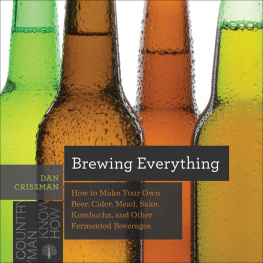

Copyright 2018 by Nancy Koziol
All rights reserved. No part of this book may be reproduced in any manner without the express written consent of the publisher, except in the case of brief excerpts in critical reviews or articles. All inquiries should be addressed to Skyhorse Publishing, 307 West 36th Street, 11th Floor, New York, NY 10018.
Skyhorse Publishing books may be purchased in bulk at special discounts for sales promotion, corporate gifts, fund-raising, or educational purposes. Special editions can also be created to specifications. For details, contact the Special Sales Department, Skyhorse Publishing, 307 West 36th Street, 11th Floor, New York, NY 10018 or .
Skyhorse and Skyhorse Publishing are registered trademarks of Skyhorse Publishing, Inc., a Delaware corporation.
Visit our website at www.skyhorsepublishing.com.
10 9 8 7 6 5 4 3 2 1
Library of Congress Cataloging-in-Publication Data is available on file.
Cover image courtesy of istockphoto.com
Print ISBN: 978-1-5107-3494-4
Ebook ISBN: 978-1-5107-3495-1
Printed in China
CONTENTS
1. Welcome to Home Brewing
IF YOUVE BEEN thinking about home brewing but want something quicker, easier, and more cost effective than home brewing beer or making wine at home, youve come to the right place. This book will teach you how to brew mead, hard cider, and herbal wine using the quickest, most minimalist methods possible.
From the fewest steps to the least amount of equipment and ingredients, youll not only learn how to brew but also pick up some good trivia about the history of these beverages. Finally, this book explores the sustainable, eco-friendly side of brewing, including tips for vegans. If youre a beginner, I recommend reading through the first few chapters on tools and processes before diving into the recipes. Cheers!
Why Brew One-Gallon Batches?
Every recipe in this book is for one gallon of either mead, cider, or herbal wine. Why is that? Its all about keeping it ethical. One-gallon batches make it easy to live a conscious lifestyle while enjoying home-brewed alcohol.
Home brewing is not easy. It sounds easy. It looks easy. But its not easy. Especially in the beginning. In my own brewing experience I have lost several batches thanks to oxygenation, temperature issues within my home, and yeast that just didnt want to behave. This got me thinking, early in my journey, about waste. Using mead as an example, a one-gallon batch uses two to three pounds of honey plus a significant amount of water to clean and sterilize the equipment. Even with the water-saving offsets I employ in my brewing, there is still waste. By keeping the batches small, we minimize waste when a batch doesnt go the way we planned. Once youre more experienced and your batches are consistently turning out well, then maybe its time to move on to larger batches.
Another reason for one-gallon batches has to do with moderation. Its great to enjoy wine, beer, mead, cider, and cocktails. Its especially great to enjoy ones that you made yourself. But brewing large batches means having more alcohol in the house. Just like youll drink more water in a day if its readily available, youre more likely to drink more alcohol if you have it in the house, especially if youre worried about it getting stale or flattening. One-gallon batches allow you to pace yourself and pour a glass to enjoy rather than drink to avoid waste.
On that note, if you ever feel that your drinking is becoming problematic, please reach out:
In the US (English or Spanish) call 1.800.662.4357 - 24/7, 365 days a year
In Canada call the Canadian Centre on Substance Use and Addiction
In the UK call 0300 123 1110
In Australia call 1800 131 350
2. Home Brewing Equipment
BEFORE YOU START brewing, its important to have the right equipment. Here are the absolute must-have basics, plus a few things that will make your life so much easier.
Equipment for Preparation
Every home brewer starts a brew day by cleaning and sanitizing, but regular detergent and soap wont do.
Detergent
The first step in your prep is cleaning. Powdered Brewing Wash (PBW) is a favorite of home brewers. It gets the job done without the need for scrubbing, and is hard on dirt and grime, but easy on skin. For deep cleaning, soak equipment overnight and then rinse in the morning before brewing. For regular cleaning, just follow the directions on the container and get ready to brew. It only takes about thirty minutes. PBW can handle the toughest stains and is perfect for cleaning up the carboy used in primary fermentation, which often has caked-on yeast.
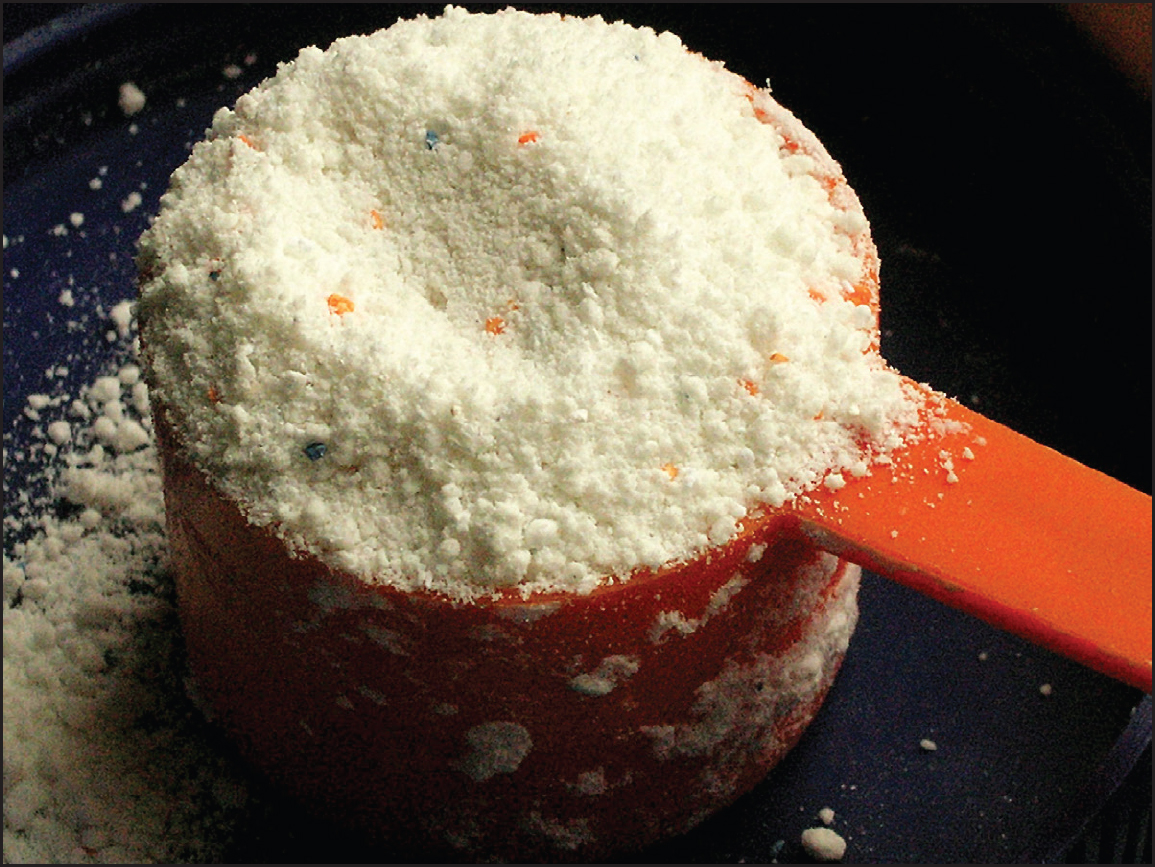
There are one-step cleaners on the market that both clean and sanitize. These are great for caps, stoppers, airlocks, thermometers, and other pieces of your brewing kit that dont get lots of organic material stuck on them. But for carboysespecially those used in primary fermentationone-step cleaners just dont work as well.
Sanitizer
The second step in your prep is sanitizing. After cleaning to get rid of any organic materials, sanitizing removes everything else and prevents bacteria from infecting your brew.
Star San works well and can be found at your local home brewing shop or online.
Brewing, Fermenting, Racking, and Bottling Equipment
The process of brewing includes several stages that use various pieces of equipment for heating, mixing, transferring, and bottling.
Two One-Gallon Carboys
These jugs, also called demijohns, are used during primary and secondary fermentation. You need two to start. They come in plastic or glass, but go for the glass option. Glass is more sustainable and plastic can develop scratches, the perfect place for bacteria to hang out. Also, plastic is terrible for the environment and low quality plastic is bad for your health. A glass carboy leaves far less of a footprint, lasts longer, and is easier to keep clean and sanitized.
Carboys can be found at homebrew shops, some hardware stores, and online.
Two Drilled Stoppers
You only need one while youre brewing, but get a backup. Also called a bung, this rubber stopper fits the top of your carboy, but with room for the airlock. Make sure that the stopper fits a one-gallon carboy.
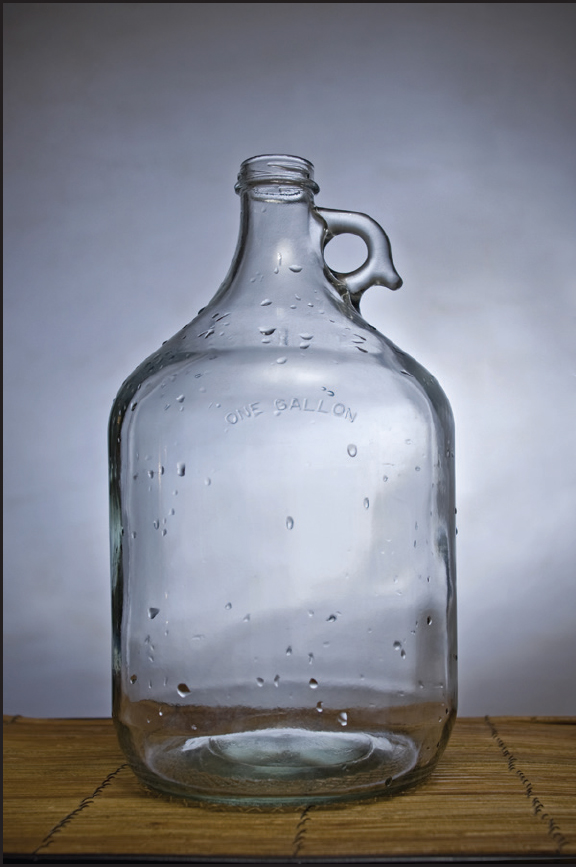
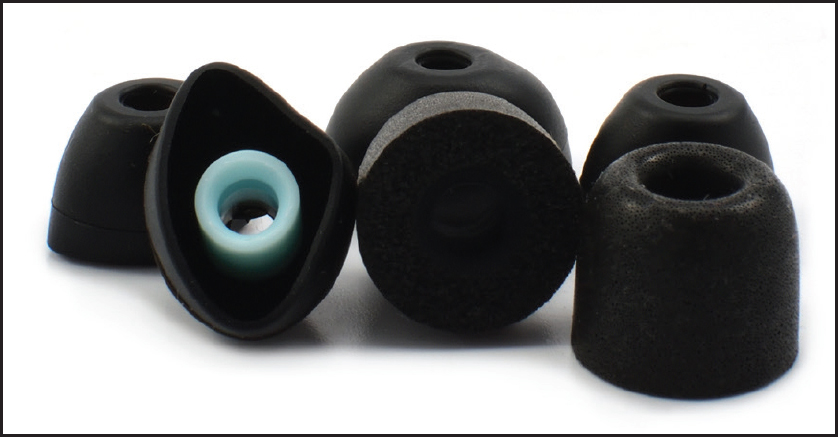
Airlock
This small plastic device fits into a drilled stopper. Place a little water in it (theres a fill line) and watch it go. Your airlock tells you fermentation is happening by bubbling happily as the yeast releases CO2. It is used during primary and secondary fermentation.
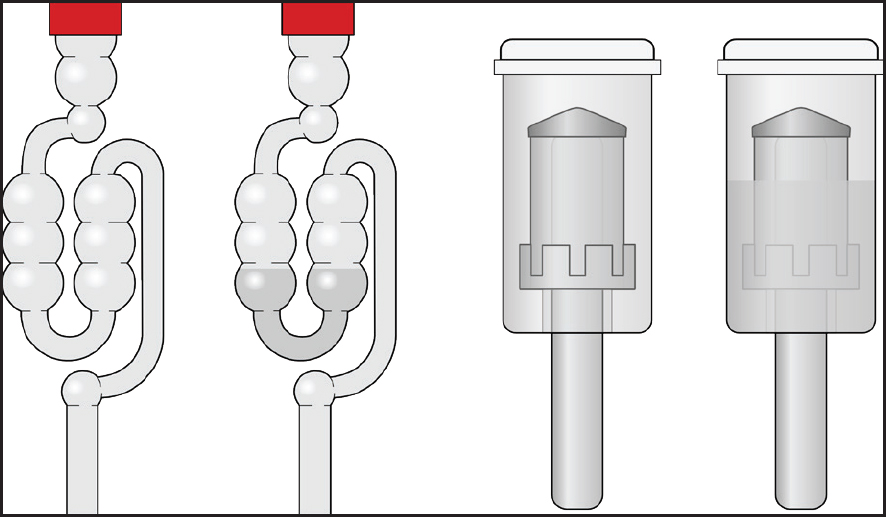
There are two types of airlocks used in home brewing. The three-piece airlock is cylindrical and the best choice because its easy to clean. The S-bubble airlock is great for picture-takingit looks really coolbut is more difficult to clean and sanitize because of the many chambers.
Next page







